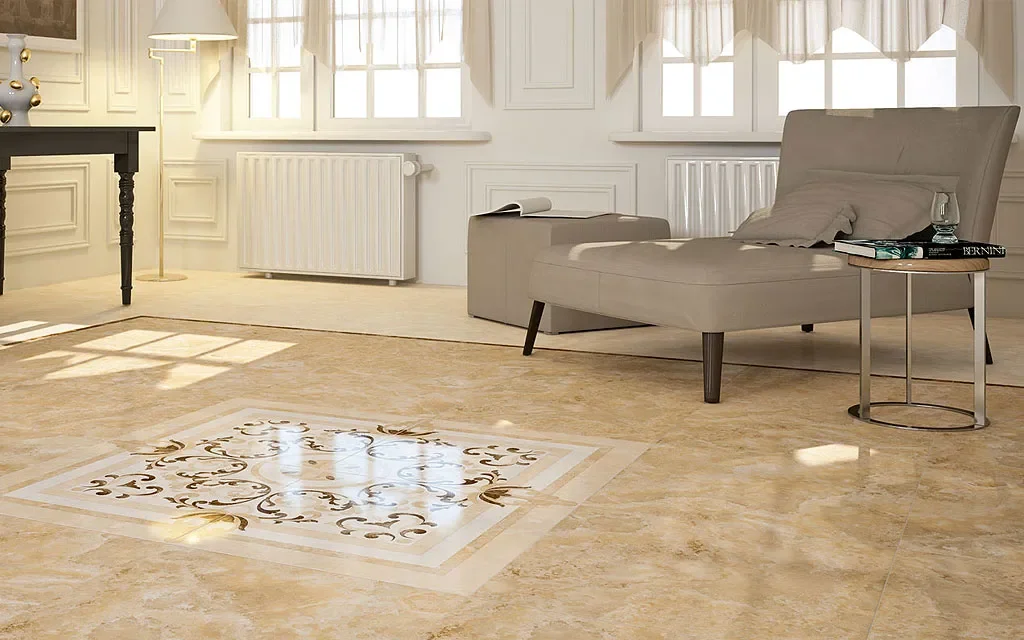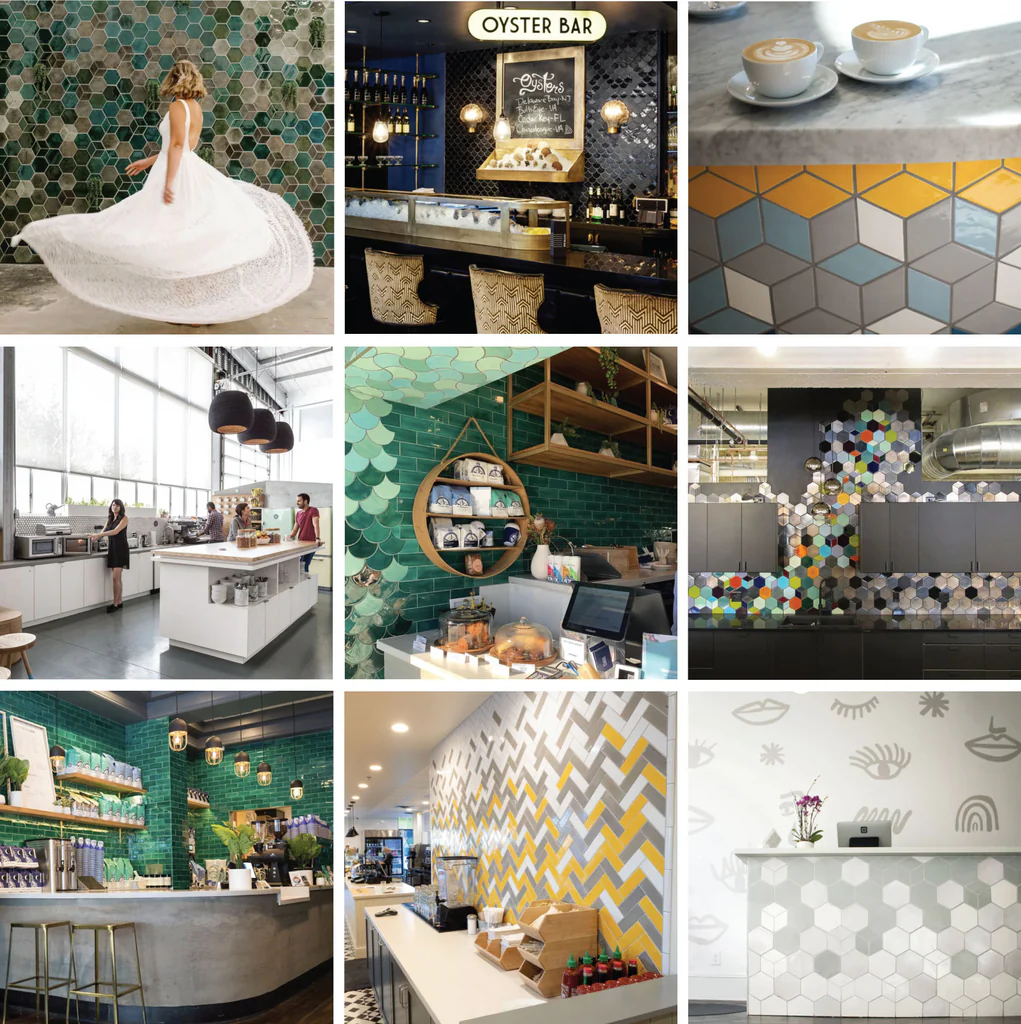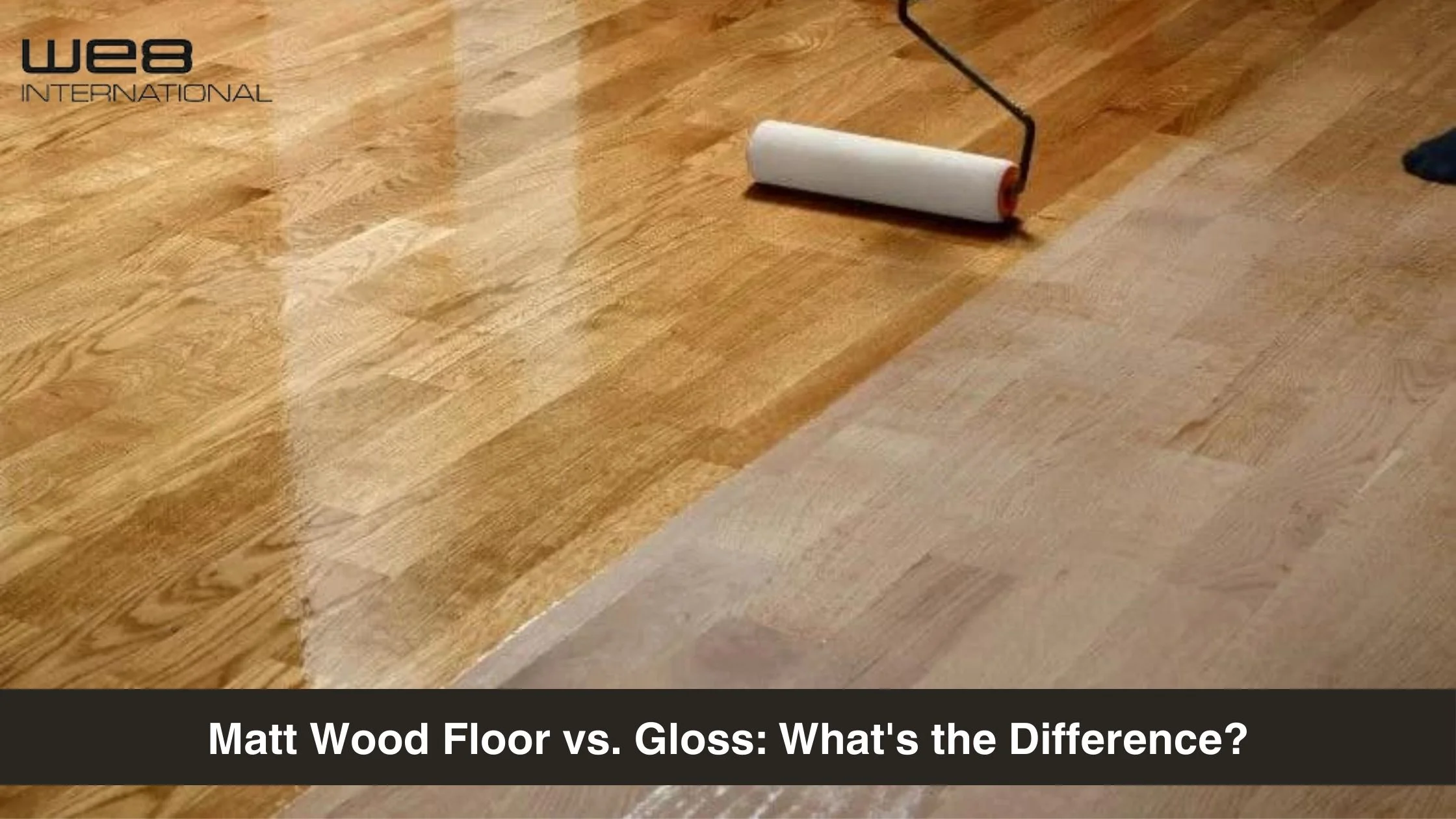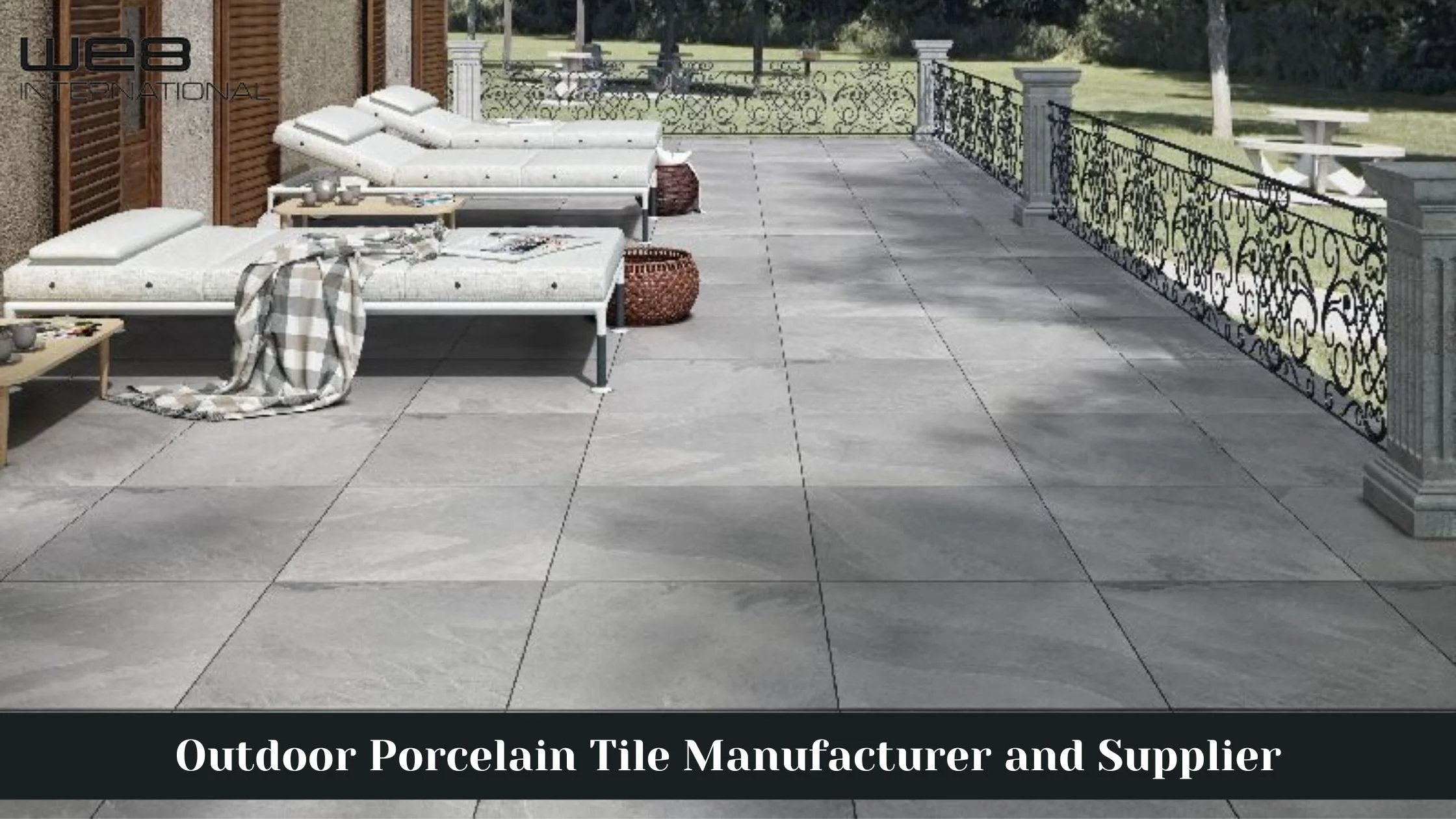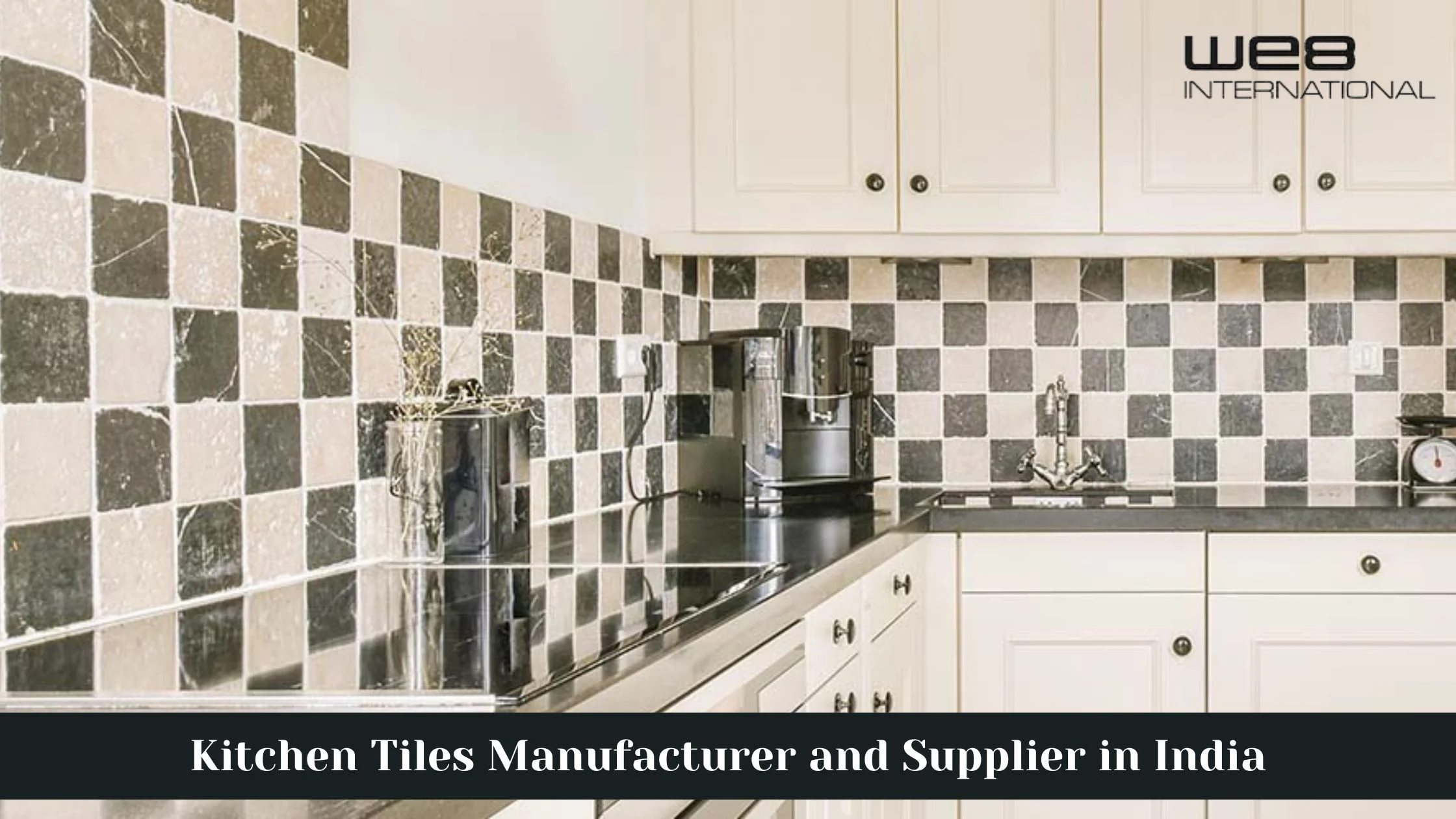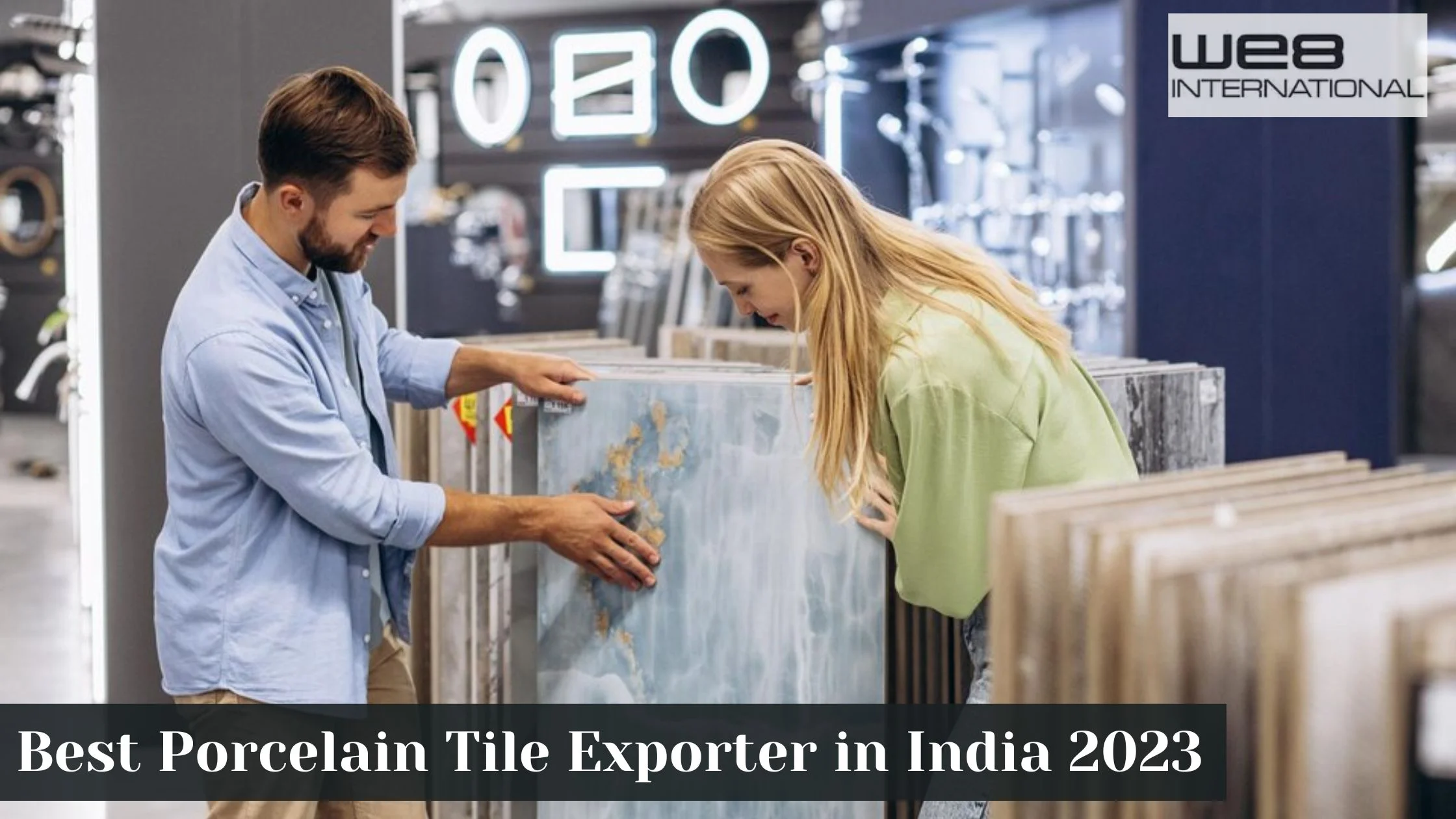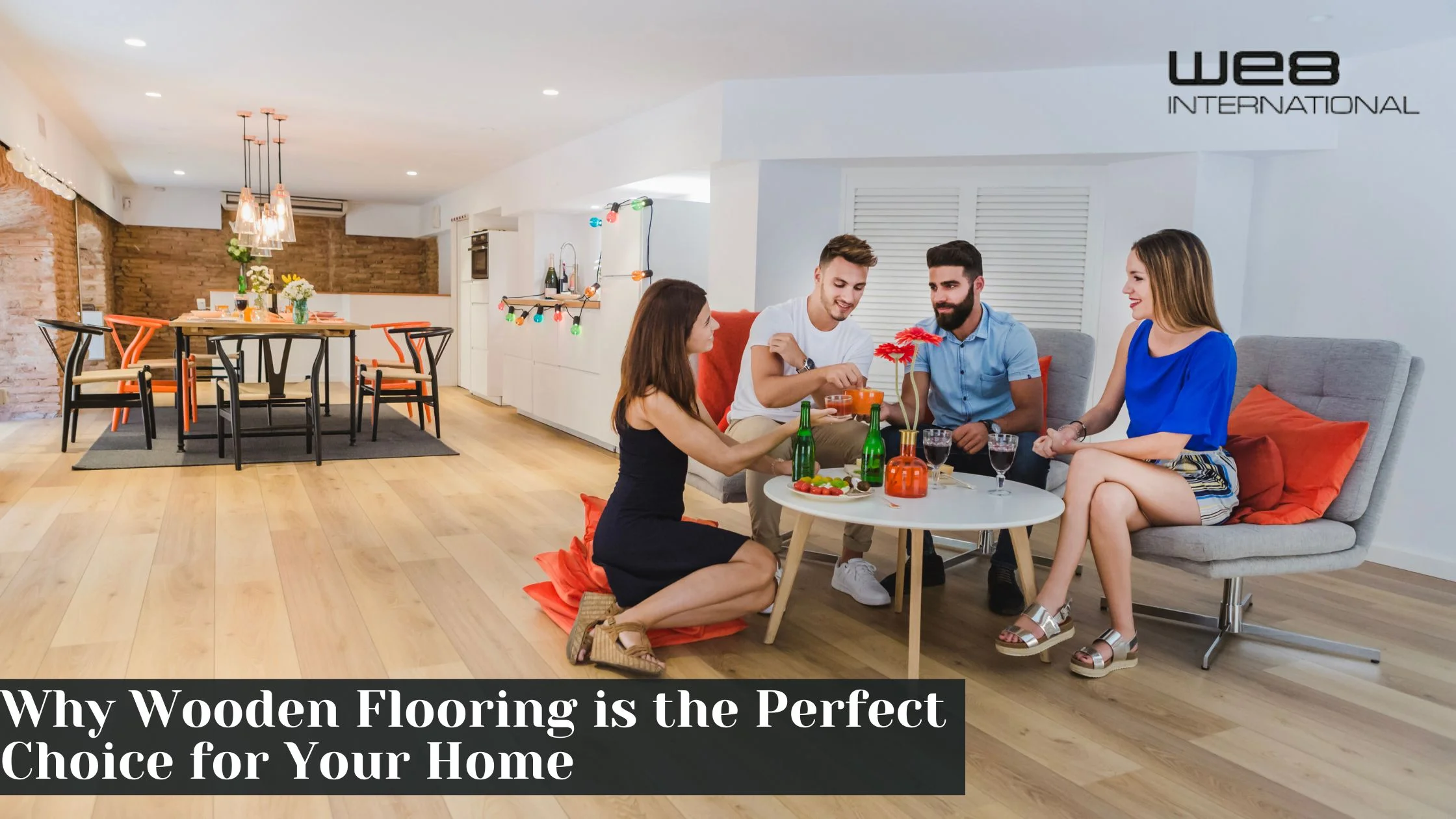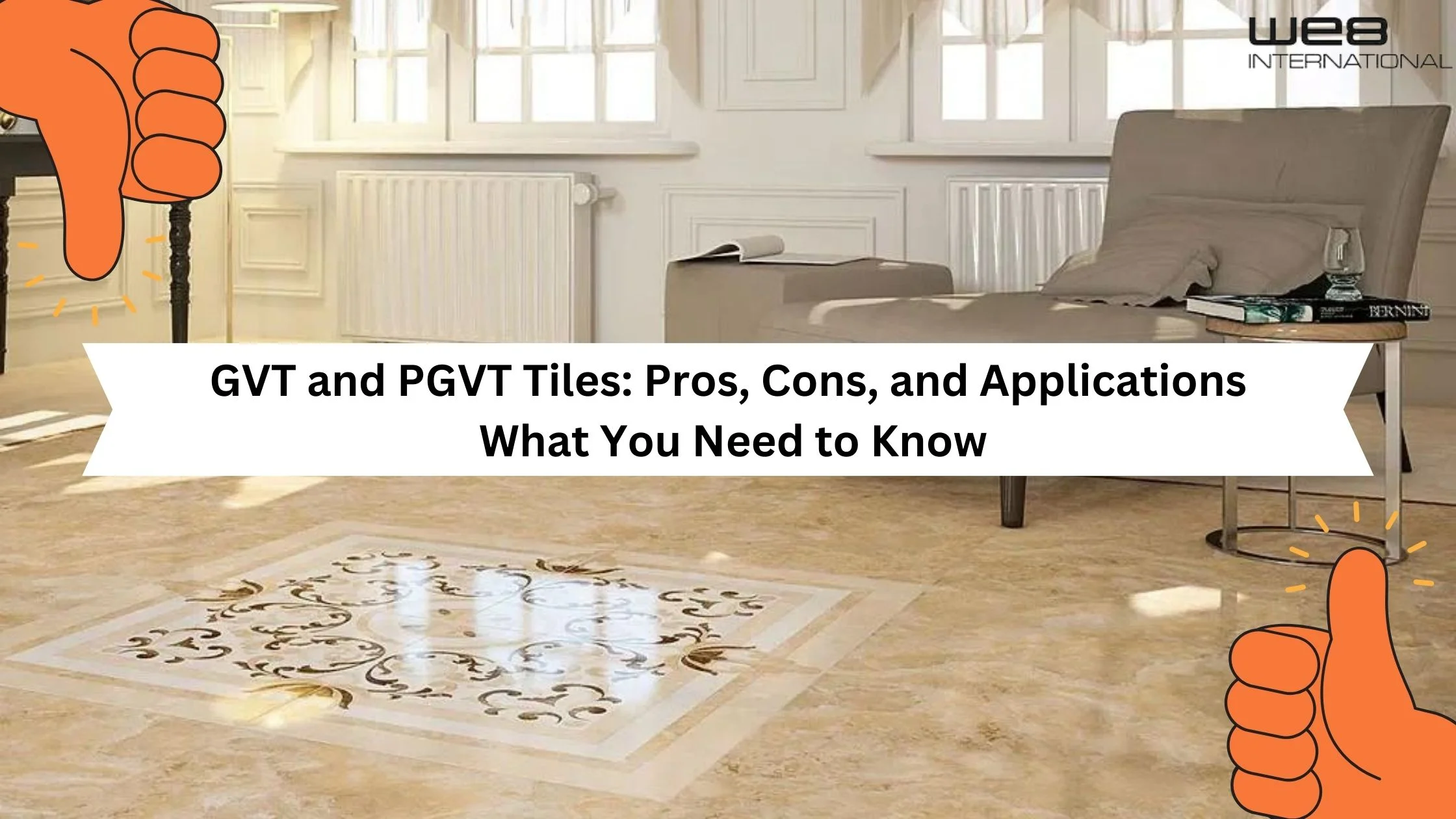
GVT And PGVT Tiles: Pros, Cons, And Applications | What You Need To Know
06/06/2024
Keeping in mind the wide array of options available in the market today, selecting the perfect tile for your home or commercial space can be a rather tricky task. Two popular categories are GVT (Glazed Vitrified Tiles) and PGVT (Polished Glazed Vitrified Tiles).
Understanding GVT and PGVT Tiles
1. GVT (Glazed Vitrified Tiles)
GVT tiles are made by adding a layer of glaze to vitrified tiles, which are a type of ceramic tile made by fusing clay with silica. This fine layer of glaze gives them a shiny look and also makes them scratch- and stain-resistant.
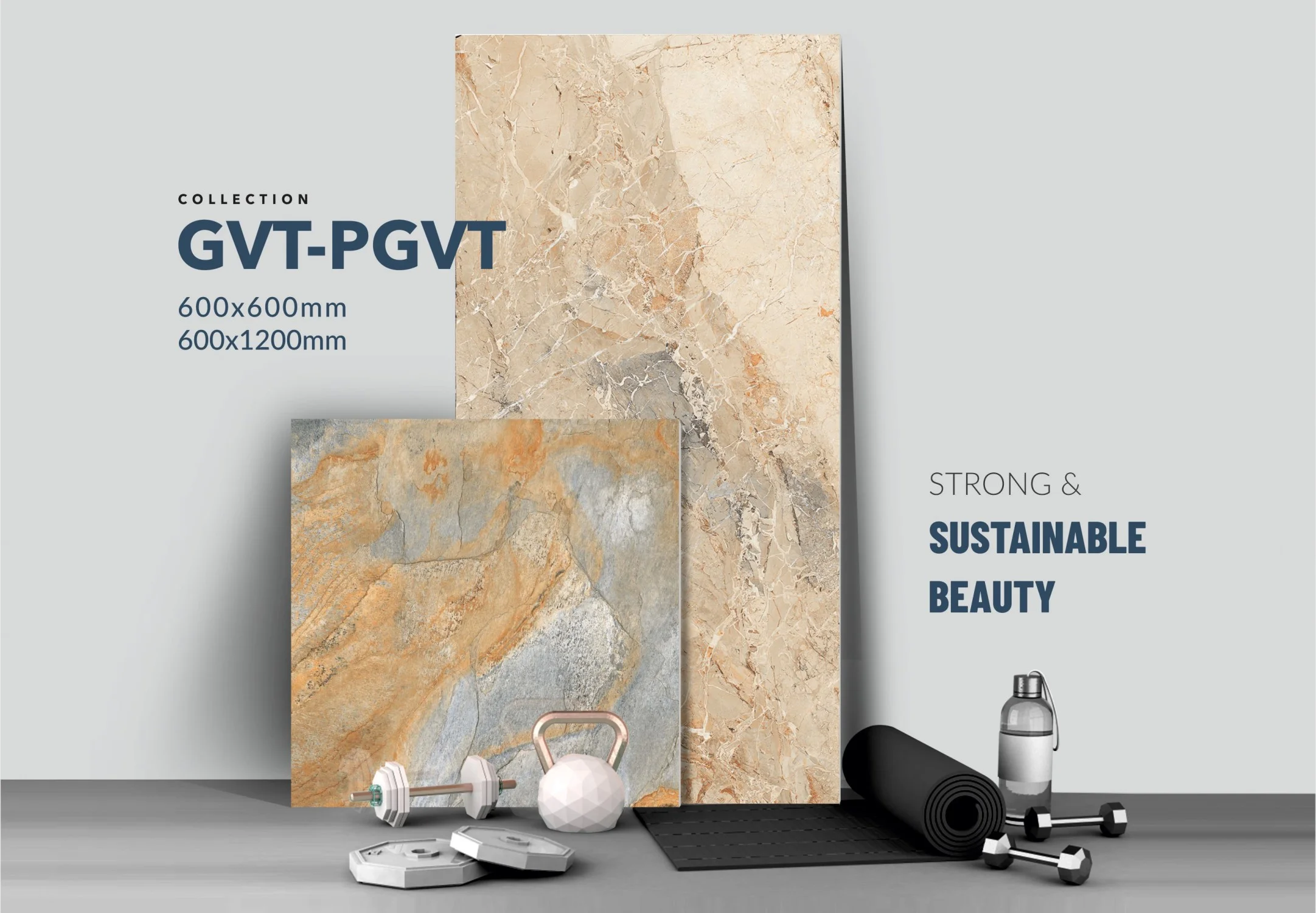
2. PGVT (Polished Glazed Vitrified Tiles)
After the glazing process, PGVT tiles undergo an additional polishing process. This treatment yields a high-gloss finish, enhancing their aesthetic appeal and making them look more advanced and luxurious.
Pros Of GVT and PGVT Tiles
-
Durability
Both GVT and PGVT tiles are highly durable and resistant to cracking, making them ideal for high-traffic areas. They do not show wear and tear from heavy footfall, making them suitable for both residential and commercial spaces.
-
Low Maintenance
These tiles are smooth and easy to clean. Regular sweeping and occasional mopping are usually enough to keep them looking pristine. Their resistance to stains and scratches further reduces the maintenance efforts required.
-
Aesthetic Variety
GVT and PGVT tiles come in a plethora of designs, colors, and patterns. Whether you prefer the look of natural stone, wood, or abstract designs, you can find a tile that matches your aesthetic preferences. PGVT tiles, with their polished finish, add an extra touch of elegance and sophistication to any space.
-
Water and Stain Resistance
The glazing process makes these tiles highly resistant to water and stains. This property is particularly beneficial in areas prone to spills and moisture, such as kitchens and bathrooms.
-
Versatility
These tiles are versatile and can be used in various settings, including floors, walls, countertops, and even facades. Their adaptability makes them a popular choice for different types of interior and exterior applications.
Cons of GVT and PGVT Tiles
-
Slipperiness
The polished surface of PGVT tiles can be slippery, especially when wet. This can pose a safety hazard in areas like bathrooms or outdoor spaces exposed to rain. It is essential to consider the slip resistance of the tiles if you are planning to use them in such areas.
-
Higher Cost
Compared to some other types of tiles, GVT and PGVT tiles can be more expensive. The additional glazing and polishing processes add to their cost, making them a pricier option compared to basic ceramic tiles. However, their durability and low maintenance can offset the initial investment over time.
-
Installation Challenges
Installing these tiles requires precision and expertise. The glazed and polished surfaces can be more prone to chipping during cutting and installation. It is advisable to hire professional installers to ensure a flawless finish.
-
Potential for Scratches
While these tiles are generally resistant to scratches, the polished surface of PGVT tiles can be more susceptible to minor scratches over time, especially in high-traffic areas. Using rugs and mats can help protect the surface in such spaces.
Applications of GVT and PGVT Tiles
1. Living Rooms and Bedrooms:
GVT and PGVT tiles offer a wide variety of designs and colors, making them ideal for creating stylish and comfortable living areas. Their durability ensures that they can withstand the demands of daily use.
2. Kitchens:
The stain and water resistance of these tiles makes them perfect for kitchen floors and backsplashes. They are easy to clean, which is essential in a kitchen environment.
3. Bathrooms:
GVT and PGVT tiles are an excellent choice for bathroom walls and floors due to their water-resistant properties. However, it is advisable to choose tiles with a textured surface for the floors to prevent slipping.
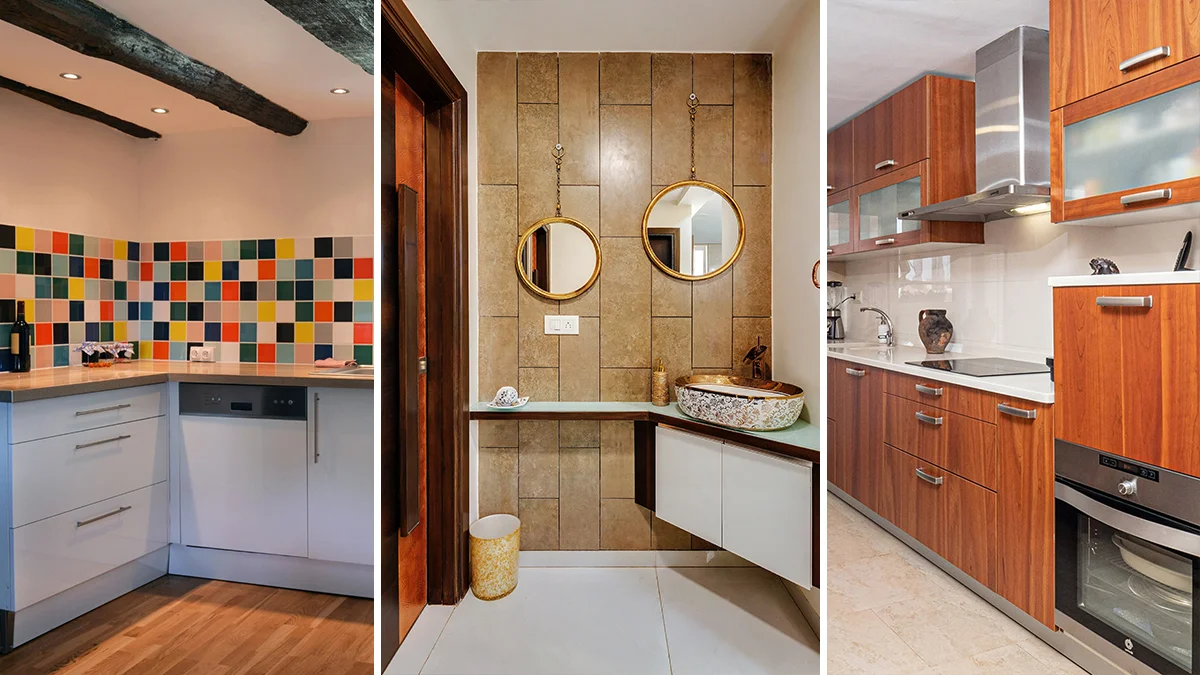
4. Outdoor Areas:
While GVT tiles can be used in outdoor spaces like patios and balconies, it is crucial to select tiles with a non-slip finish to ensure safety.
5. Offices:
PGVT tiles offer a sleek and professional look, making them a popular choice for office spaces. They are easy to maintain and can withstand heavy foot traffic.
6. Retail Stores:
GVT and PGVT tiles can enhance the visual appeal of retail stores, attracting customers with their polished look. Their durability ensures that they can handle the wear and tear of a busy commercial environment.
7. Hotels and Restaurants:
The luxurious appearance of PGVT tiles adds a touch of elegance to hotels and restaurants. Their stain resistance makes them practical for areas prone to spills and heavy use.
8. Public Buildings:
These tiles are also suitable for use in public buildings like airports, hospitals, and schools due to their durability and ease of maintenance.
Conclusion
Thus, GVT and PGVT tiles provide a perfect blend of durability, aesthetic appeal, and flexibility, rendering them the best choice for a multitude of applications in both residential and commercial settings. Though these come with high labor and installation costs, their benefits in terms of low maintenance and long service life make them worth the investment. When selecting tiles, consider the specific needs of your space, including factors like foot traffic, moisture levels, and desired aesthetic, to make the perfect investment.the best choice. With the right selection and proper care, GVT and PGVT tiles can transform any space into a stylish and functional environment.

